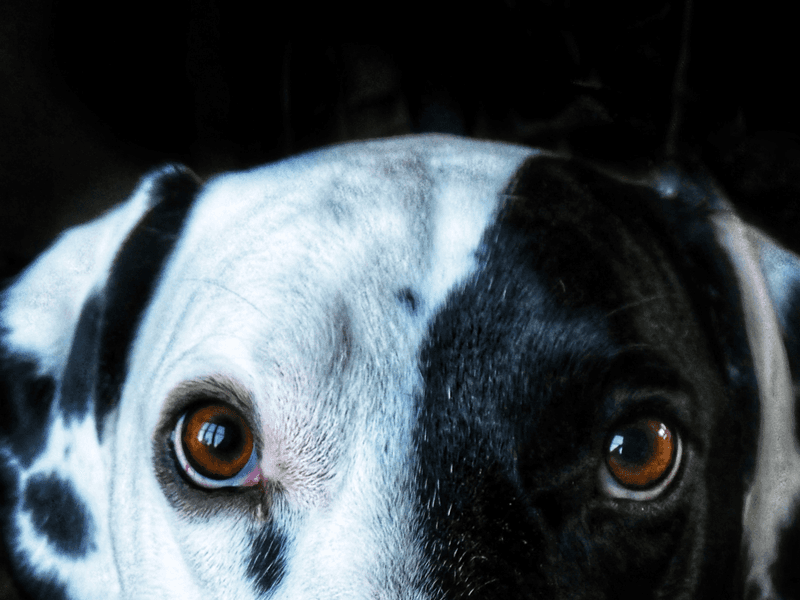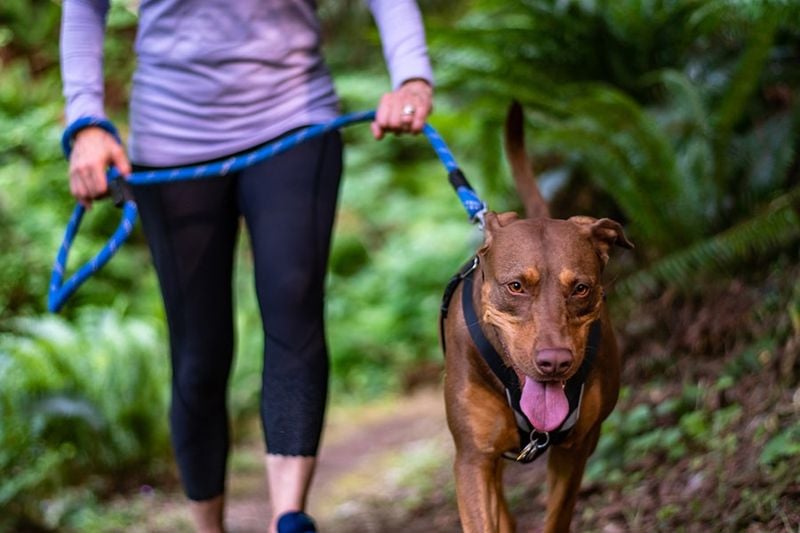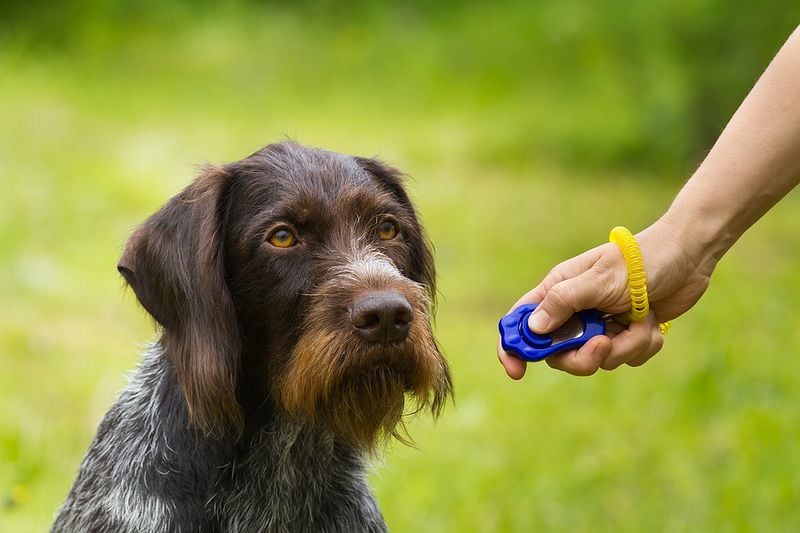You’re Doing These 15 Things—and Your Dog Hates Every One of Them
You adore your dog and would never dream of doing anything to upset them—but what if some of your “normal” habits are actually driving them nuts?
Dogs see the world through a different lens: one that’s ruled by scent, sound, routine, and body language. What feels harmless—or even affectionate—to us can trigger anxiety, confusion, or frustration in them.
From too-tight hugs to that citrus-scented air freshener you love, you might be surprised at what makes your pup quietly miserable.
This list is your wake-up call. Not to make you feel guilty, but to help you better understand the subtle ways we accidentally rattle our best friends.
If you want a calmer, happier, and more trusting relationship with your dog, it starts with recognizing these 15 common missteps—and changing how you interact with them today.
1. Hugging Them Too Tightly
Your furry friend may not see hugs as the loving gesture you intend them to be. Instead, they might interpret a hug as a form of restraint or even a threat.
While humans express love through embracing, dogs communicate affection differently. They might prefer a gentle pet or a belly rub.
Learning to read your dog’s body language can help you understand how they feel about certain interactions, including hugs.
2. Inconsistent Rules
Consistency is key in a dog’s world. Imagine being allowed to do something one day, only to be scolded for the same action the next.
This mixed messaging can be maddening for your pet, leading to confusion and stress. Dogs thrive on routine and clear boundaries, so it’s important for everyone in the household to be on the same page with rules.
Establishing consistent guidelines helps ensure your dog knows what’s expected of them.
3. Too Many Loud Noises
Loud noises can be overwhelming for dogs. Whether it’s fireworks, thunder, or the vacuum cleaner, these sounds might make your pet feel anxious and stressed.
A dog’s hearing is significantly more sensitive than a human’s, which means that what seems normal to you can be deafening to them.
Providing a quiet, safe space during loud events can help mitigate their discomfort.
4. Strong Scents (Like Citrus or Vinegar)
Dogs have an incredible sense of smell, so strong scents can be overwhelming or even painful for them. Citrus, vinegar, and other potent aromas might seem pleasant to us but can irritate a dog’s sensitive nose.
If you’re cleaning with strong-smelling products, consider ventilating the area well or using pet-friendly alternatives.
This way, your dog can relax without being bombarded by intense odors.
5. Being Left Alone Too Long
Leaving your dog alone for extended periods can lead to feelings of isolation and depression. They might become anxious or resort to destructive behavior to express their loneliness.
Dogs are social animals that thrive on interaction, both with humans and other pets.
If you need to be away for long hours, consider hiring a pet sitter or taking them to a doggy daycare to keep them engaged and happy.
6. Too Many Bath Times
Bathing your dog too frequently might do more harm than good. While cleanliness is important, excessive washing can strip their coat of natural oils.
These oils are essential for maintaining healthy skin and fur. Over-bathing may lead to dryness and irritation.
Finding a balance is key, and using gentle, pet-friendly shampoos will help keep your dog’s coat luscious and healthy.
7. Staring Directly Into Their Eyes
While eye contact might be a sign of connection among humans, dogs often interpret direct staring as a challenge. This can make them feel uneasy or threatened.
Instead, try softer gazes or focusing on their body language to build trust and understanding.
By respecting their comfort zone, you can strengthen your bond without making them feel intimidated.
8. Dressing Them Up All the Time
Dogs might look adorable in outfits, but constant dressing up can cause discomfort or stress. Clothes can restrict their movement or cause overheating.
Occasional costumes for fun photos are fine, but daily dress-up might not be appreciated by your pet.
Opt for lightweight, breathable materials and ensure the outfit fits well to avoid any distress.
9. Being Walked at the Same Boring Pace and Route
Routine walks can become monotonous for your dog. They possess a natural curiosity and love to explore new environments, smells, and textures.
Changing up the pace, direction, and locale of walks can make this daily activity more exciting for them.
By introducing variety, you engage their senses and keep them mentally stimulated.
10. Forcing Interactions With Other Dogs or People
Not all dogs are social butterflies. Forcing them to interact with unfamiliar dogs or people can cause significant stress.
Respect their personality and comfort levels by allowing them to choose when and how to socialize.
This autonomy helps them feel secure and confident in various situations.
11. Skipping Their Daily Mental Stimulation
Dogs need both physical and mental exercise to stay healthy and happy. Boredom can be a silent frustration for them, leading to unwanted behaviors.
Engaging their minds with puzzles, training games, or problem-solving activities can be just as important as physical play.
Stimulating their brain helps in keeping them content and well-adjusted.
12. Punishing Them After the Fact
Scolding your dog for something they did hours ago only leads to confusion. They likely have no idea why they’re being punished, which can hurt their trust in you.
Dogs live in the moment, so timely feedback is crucial for effective training.
Positive reinforcement and immediate responses to behavior are more effective in guiding them.
13. Using Harsh Training Tools
Training tools like shock collars, choke chains, or aggressive tones might seem effective but often instill fear rather than understanding.
Dogs learn best through patience and positive reinforcement, which builds confidence and trust.
Switching to gentle training methods can foster a healthier relationship between you and your pet.
14. Interrupting Their Sleep
Just like humans, dogs treasure their nap times. Constant disruptions can lead to irritability and anxiety.
Allow them to rest undisturbed, and ensure they have a quiet space for sleep.
Respecting their need for downtime helps maintain their well-being and mood.
15. Changing Their Routine Without Warning
Dogs thrive on routine and predictability. Sudden changes to their daily schedule, like feeding or walking times, can throw them off balance.
This unpredictability can increase stress levels and affect their overall mood.
Maintaining a consistent routine provides them with a sense of security and stability.





















